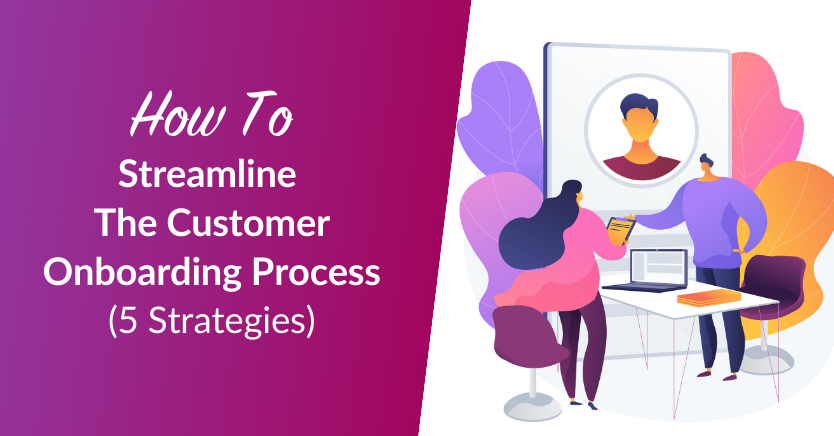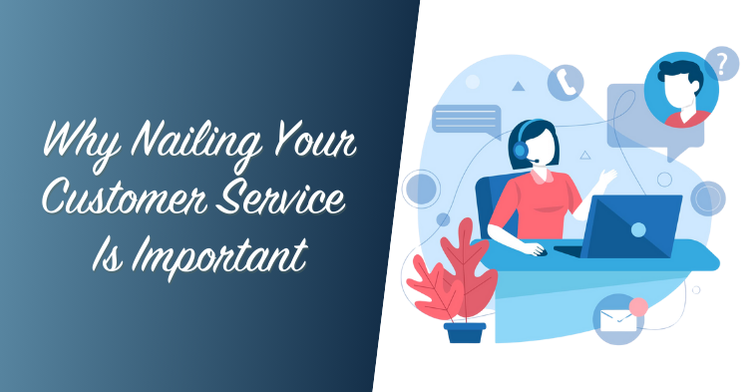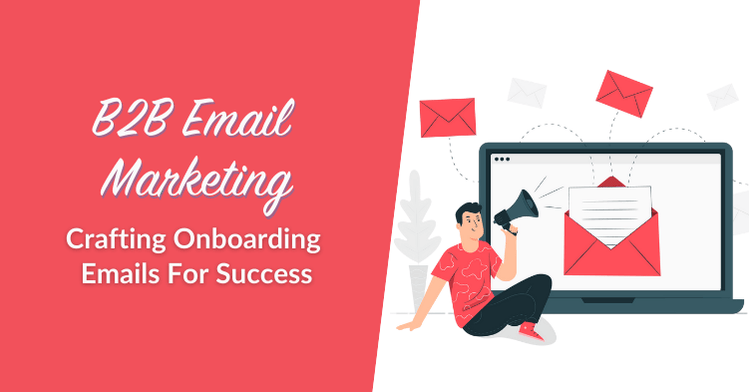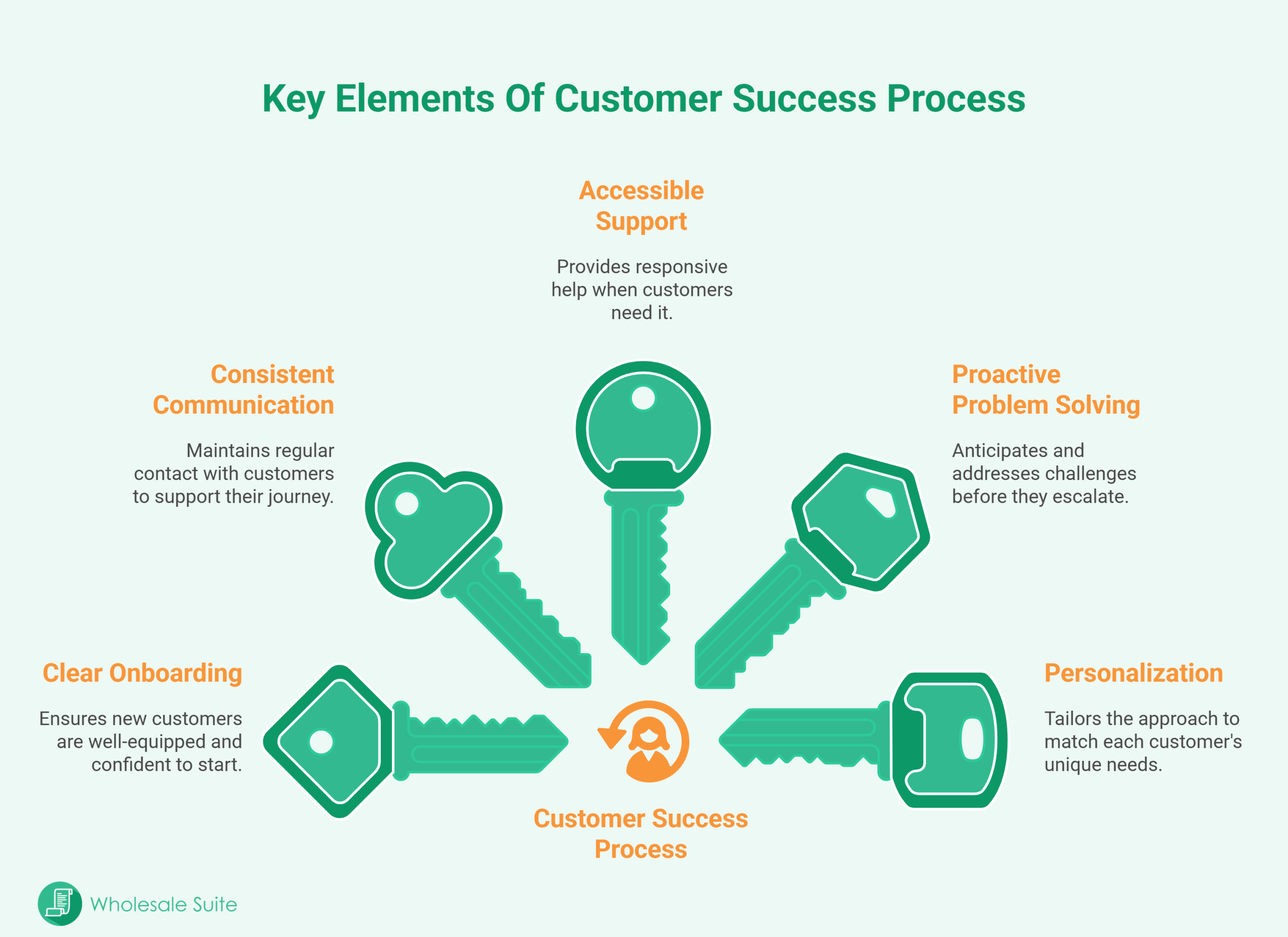Some people think that success is solely based on how you sell your products, that the more you sell, the more successful you are. But the truth is, real business success goes beyond transactions. It’s about building a solid foundation that helps your customers grow alongside you. And in competitive markets, standing out means having a strategy that supports long-term wins for both sides. That’s where the customer success process comes in.
Your customers’ success is your own. If they aren’t thriving, they won’t have a reason to keep doing business with you. So how do you make sure they’re set up to succeed from the start? Let’s break it down.
What Is The Customer Success Process?
The customer success process is a proactive, ongoing strategy designed to help your customers achieve their desired outcomes while using your product or service.
Unlike reactive support, a strong customer success process anticipates roadblocks, improves experience, and adds value across the entire customer journey. When done right, it drives growth, loyalty, and retention, making your business more sustainable in the long run.
Key Elements Of An Effective Customer Success Process
Building a great customer success process means focusing on what truly helps your customers grow and stick with you. Below are the core building blocks of a process that works:
Clear onboarding
Your onboarding process sets the tone for the entire relationship. If a customer feels lost or overwhelmed in the beginning, chances are they’ll hesitate to move forward. That’s why onboarding is one of the most vital parts of the customer success process.
You may also read about: How To Streamline The Customer Onboarding Process (5 Strategies).

Provide simple walkthroughs, step-by-step guides, or short videos that help them get familiar with your product or service. The goal is to make them feel confident and supported from day one. When you reduce confusion early on, you reduce churn later.
Consistent communication
Customers don’t just want support when things go wrong; they want to feel like you’re in their corner every step of the way. Consistent communication means sending regular updates, check-in messages, helpful resources, or even personalized tips based on their activity. It’s also your chance to remind them of the value you offer. Within the customer success process, ongoing communication is how trust is built and maintained. It shows that you’re proactive, not just reactive.
Accessible support
No one likes waiting days for a response, especially when it’s urgent. That’s why your support system needs to be reliable, responsive, and easy to reach. Whether it’s via live chat, email, or a support portal, make sure customers know how to contact you and what kind of response time they can expect. A strong customer success process prioritizes quick resolutions and helpful answers.
You may also read about: Why Nailing Your Customer Service Is Important.

Proactive problem solving
One of the best things you can do for your customers is solve problems before they even know they exist. This means keeping an eye on common challenges, usage patterns, or drop-off points, and addressing them early.
You might offer tips, send alerts, or introduce features based on their behavior. Proactive support is a hallmark of mature customer process management best practices, and it turns you into a trusted advisor instead of just a vendor.
Personalization
Every customer is unique. Instead of using one-size-fits-all solutions, adapt your approach based on their goals, experience level, and business model. Some customers need more guidance; others want autonomy. Some are scaling fast, while others are just starting out. A personalized customer success process respects these differences and makes people feel seen. This leads to stronger engagement and longer relationships.
Customer Success Management Best Practices To Follow
To create a customer experience that truly delivers value, you need a structure that goes beyond one-time interactions. That’s where strong foundations like customer success management best practices come into play.
1. Give them the right price
Yes, we all want to earn, but if you want your customers to succeed, your pricing must reflect that. One of the first steps in a well-thought-out customer success process is making sure the price you offer gives your customers room to profit without hurting your margins.
Instead of simply slashing prices, think about how you can provide value. Ask: Can I offer volume discounts? Tiered pricing? A starter bundle for beginners? Strategic pricing gives customers the confidence to scale and keeps them coming back.
2. Remove complicated processes
Ever lost interest in a product because the buying process was just too annoying? Your customers feel the same. A strong customer success process simplifies things. From placing orders to signing up to getting help, everything should feel intuitive and frictionless.
Your goal is to remove roadblocks and make the experience as smooth as possible. Aim for “one-click” wherever you can. This not only supports your customers but also increases your conversion rate.
And for these customer success management best practices to work, you must remember: simplicity equals satisfaction. So keep it clean, clear, and customer-friendly.
3. Offer flexible payments and pricing options
Every customer is different. Some are just starting out. Others are ready to invest big. A great customer success process takes this into account by offering flexible payments, pricing tiers, and options that meet your customers where they are.
This could mean:
- Offering custom payment plans like net 30/60
- Small starter packs for beginners
- Premium tiers for bulk buyers
- Add-ons and upsells tailored to their journey
Flexibility gives your customers room to grow, and signals that you’re in it with them for the long haul.
💡Wholesale Suite Tip: Offering flexible payment options is just as important as offering flexible pricing. With tools like Wholesale Payments, you can give your customers more ways to pay, whether that’s NET 30 terms, installments, or automatic invoicing.
4. Equip them with startup materials
If you want your customers to succeed, don’t leave them guessing. Give them what they need to hit the ground running. A reliable customer success process includes helpful resources, whether that’s a starter kit, product manual, training video, or FAQ page.
Don’t just dump them into your system. Walk with them. Offer visual aids. Create onboarding emails. Give guidance that builds confidence. A customer who feels supported from day one is much more likely to stick around.
You may also read “B2B Email Marketing: Crafting Onboarding Emails For Success.”

5. Prioritize excellent customer care
Support isn’t just for emergencies. A responsive support system builds trust and strengthens your overall customer success process. When customers feel like they’re heard and valued, they stay loyal. Make sure they know how to reach you. Deliver responses fast. Go beyond fixing things. Listen to feedback and use it to improve your processes. Your support experience should feel like a continuation of your value, not a last resort.
How To Measure The Success Of Your Customer Success Process
You can’t improve what you don’t measure. A successful customer success process needs clear metrics to track performance. Here’s how you can evaluate your impact:
Customer retention rate
This metric tells you how many customers stick with you over time. High retention usually means your customer success process is doing its job, keeping clients engaged, supported, and satisfied. If your retention rate is low, it’s a signal that somewhere along the journey, customers aren’t seeing enough value to stay.
Repeat purchase rate
Are customers coming back to buy again? This metric is especially important for product-based businesses. A strong customer success process creates repeat buyers by ensuring customers get value, results, and a reason to return. When customers keep buying, it’s a sign that you’re meeting their expectations consistently.
Net promoter score (NPS)
This score reflects how likely customers are to recommend your business to others. It’s a great indicator of overall satisfaction and loyalty. A well-run customer success process should increase your NPS over time, as happy customers become brand advocates.
Support ticket volume
This one might seem backward at first, but hear me out: If your customer success process is working well, the number of support tickets should gradually decrease. Why? Because customers are finding answers faster, facing fewer issues, and navigating things more confidently. A sudden spike in tickets can reveal gaps in onboarding or communication.
Customer satisfaction (CSAT)
At the end of the day, are your customers happy? CSAT surveys give you a quick pulse on how they feel after specific interactions. When your customer success process is aligned with their needs, you’ll start to see consistently high scores here. Don’t ignore this feedback. Use it to refine and improve.
Frequently Asked Questions
What are some best practices to enhance customer success management?
Best practices include offering competitive and value-based pricing, simplifying processes to eliminate friction, providing flexible payment and pricing options, equipping customers with useful startup materials, and prioritizing excellent, responsive customer care.
Why is onboarding important in the customer success process?
Onboarding is crucial because it sets the foundation for the entire customer relationship. A smooth onboarding process helps customers feel confident and supported from the start, reducing confusion and increasing the likelihood of long-term engagement.
How should I measure the success of my customer success strategy?
You can evaluate your strategy using metrics such as customer retention rate, repeat purchase rate, net promoter score (NPS), support ticket volume, and customer satisfaction (CSAT). These indicators reflect how well your process is supporting customer growth and loyalty.
What are the key elements of an effective customer success process?
Core elements include clear onboarding to set the right tone, consistent communication to build trust, accessible support to resolve issues quickly, proactive problem solving to anticipate challenges, and personalization to adapt to each customer’s unique needs.
What is the customer success process and how does it benefit my business?
The customer success process is a proactive, ongoing strategy designed to help your customers achieve their desired outcomes with your product or service. It benefits your business by driving growth, loyalty, and retention, which supports long-term sustainability.
Final Thoughts
Success isn’t just measured by your revenue; it’s reflected in how well your customers are doing. If your customer success process is clear, supportive, and scalable, you’re giving your customers every reason to stay, grow, and succeed with you.
Let’s do a quick recap on what we tackled in this article:
And look, I’m not saying we have it all figured out on one boat. But if there’s one thing we’ve learned managing our brands, it’s that having the right tools can make a huge difference. If you’re in the wholesale space, tools like Wholesale Suite make it so much easier to create a process that works for you and your customers. From pricing controls to flexible payments and lead capture, it’s built to support the kind of experience your buyers will appreciate.
Remember: when your customers win, you win too!
Do you have questions regarding customer success process? Leave us a comment below!




